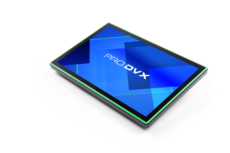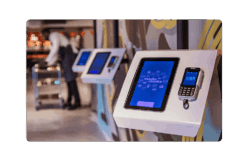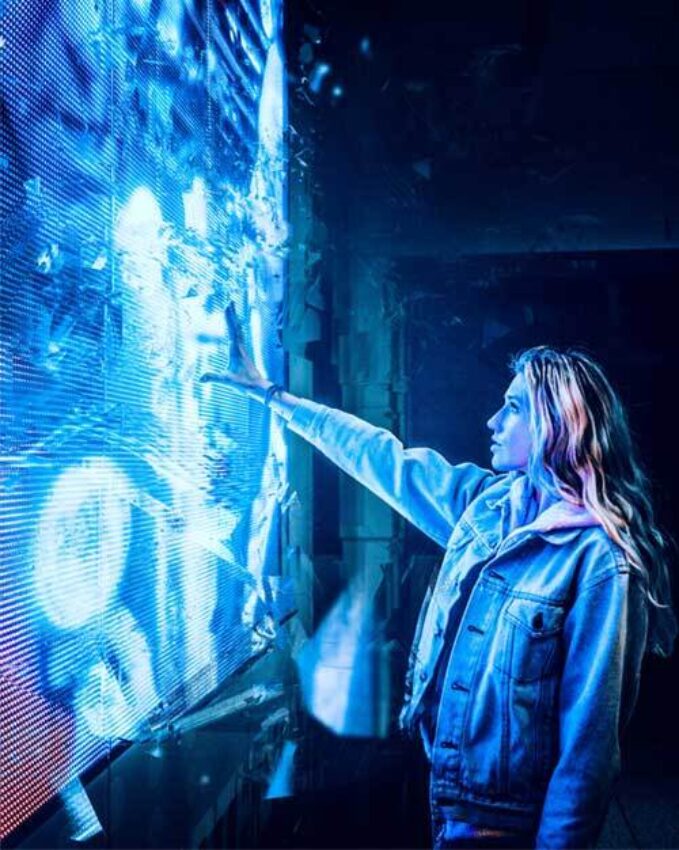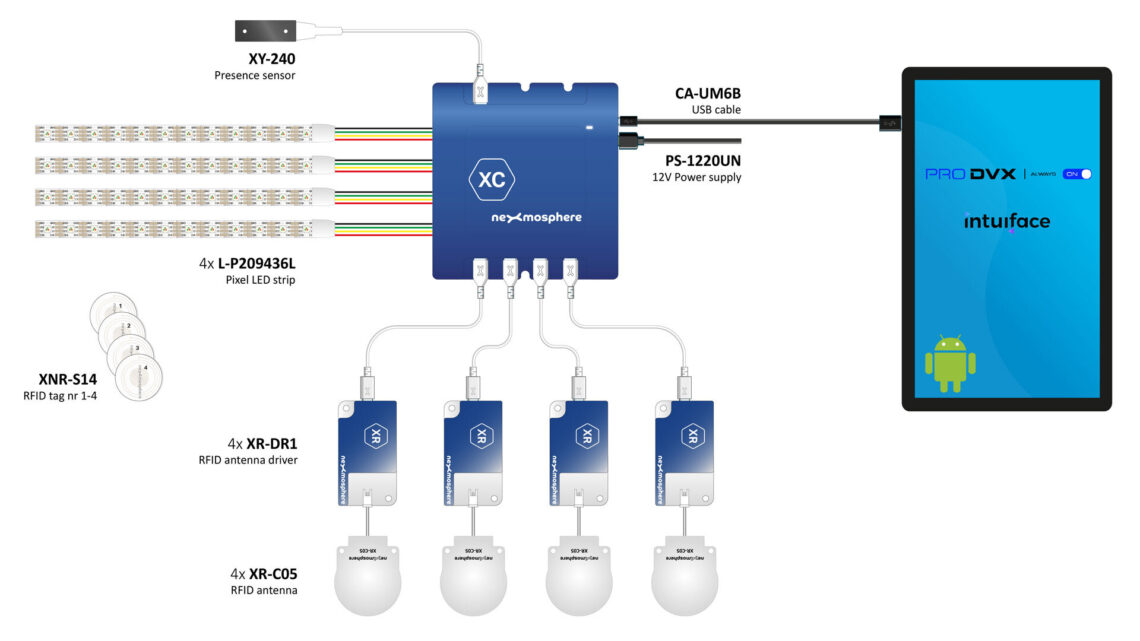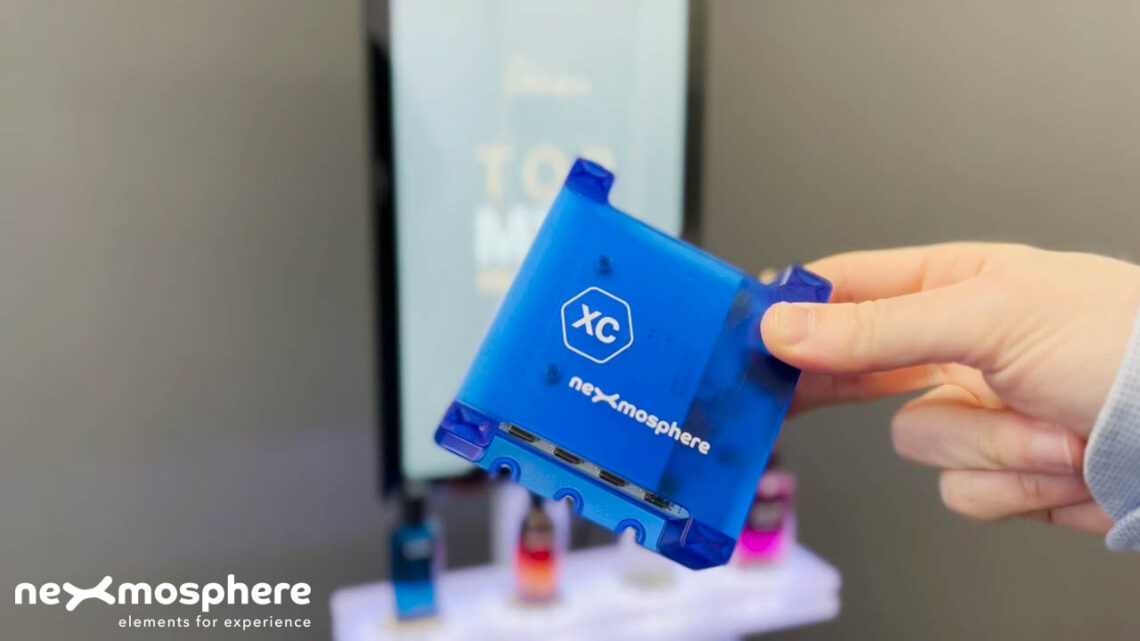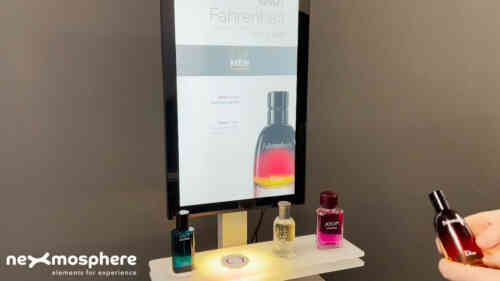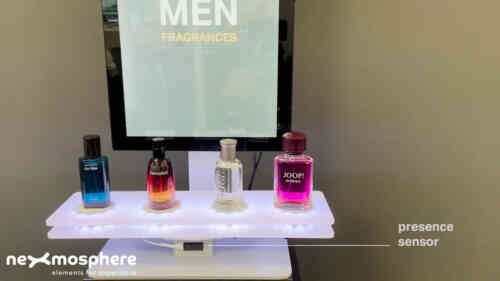Creating sensor-driven Interactivity with Digital Signage in Retail spaces
Digital signage displays, Panel PC's and touchscreens are becoming the cornerstones of experiences in retail stores, and adding user interactivity - which allows people to engage with the onscreen content - is a very powerful tool.
Interactivity can be achieved in many ways. An obvious one is the touch funcionality that's found on most ProDVX hardware or adding modules like a barcode scanner, but another way is to add sensors to the installation. This technology is becoming more popular everyday, so it's time to sit down with an expert in this field. One of the experts in this field is our technology partner Nexmosphere. They design and manufacture interactive sensors for digital signage. In this new guestblog Nexmosphere will introduce the concept of Lift & Learn. Happy reading!
